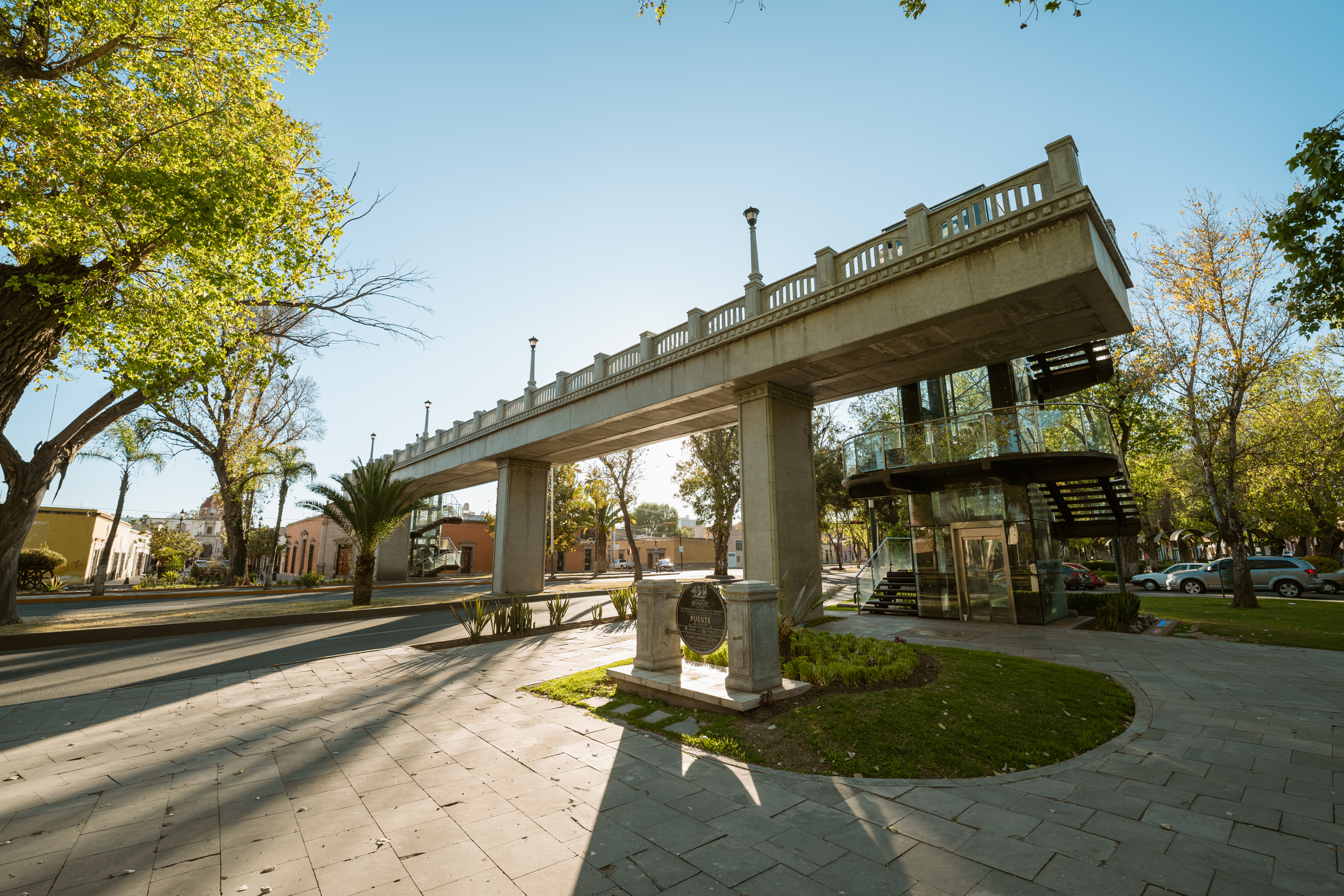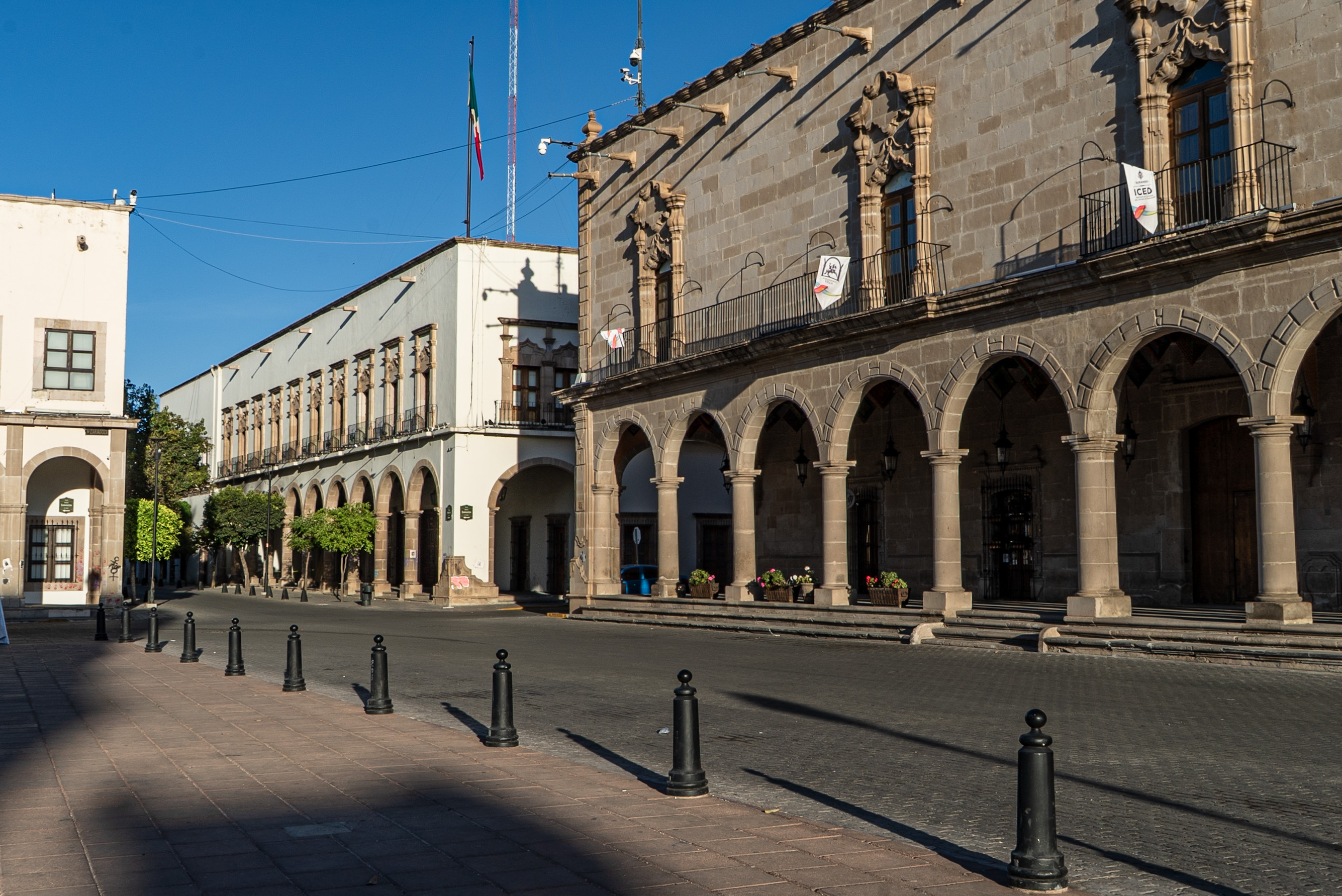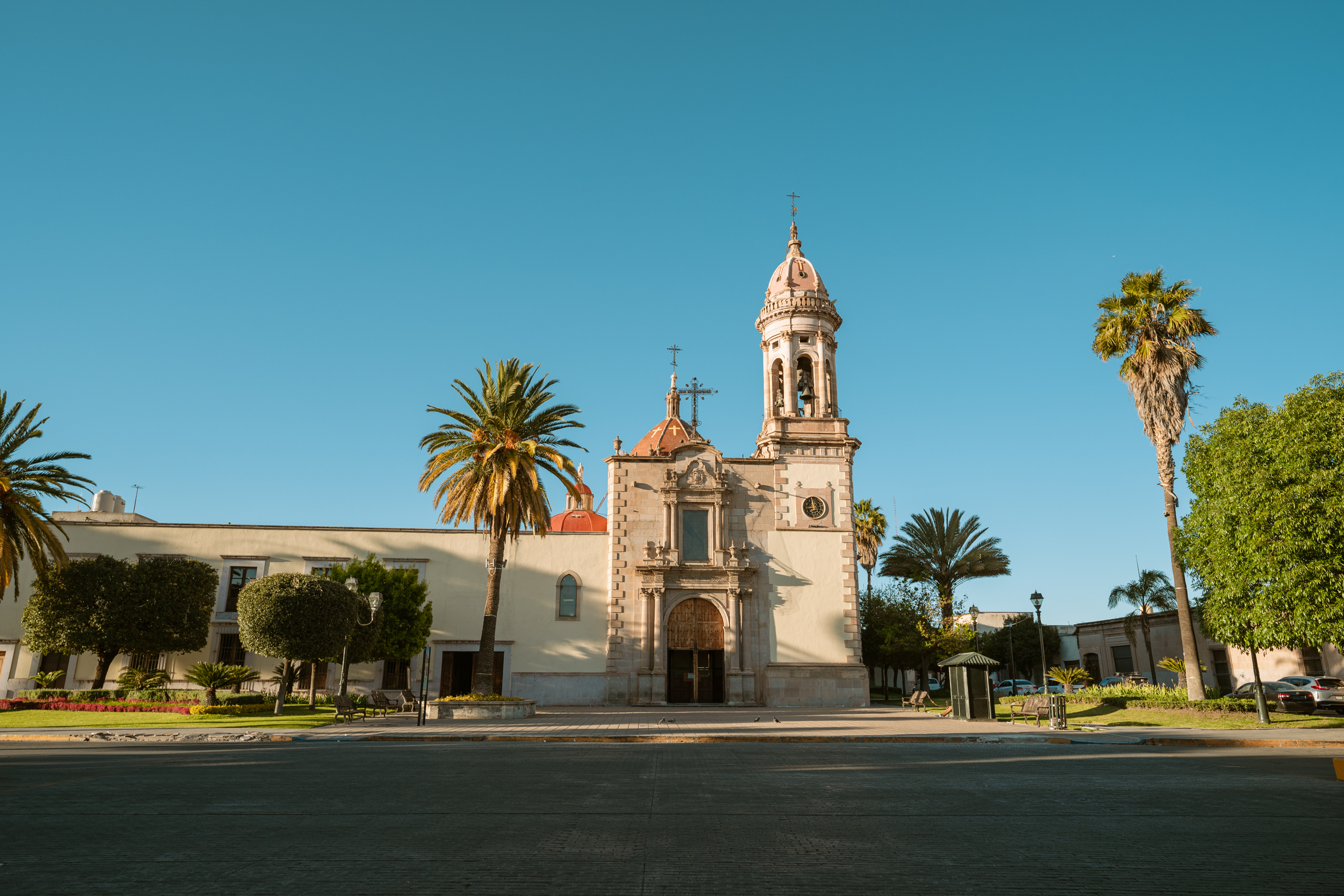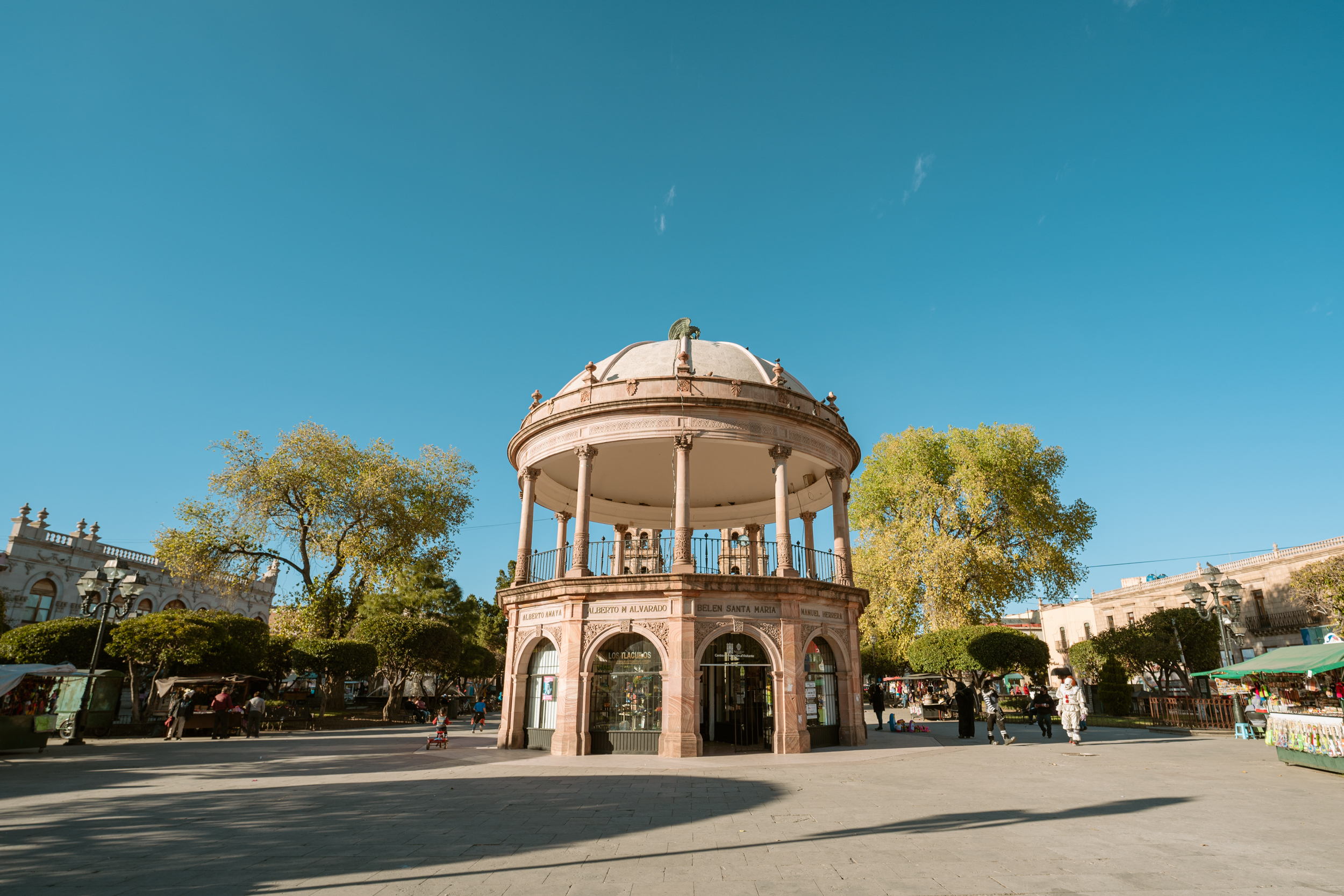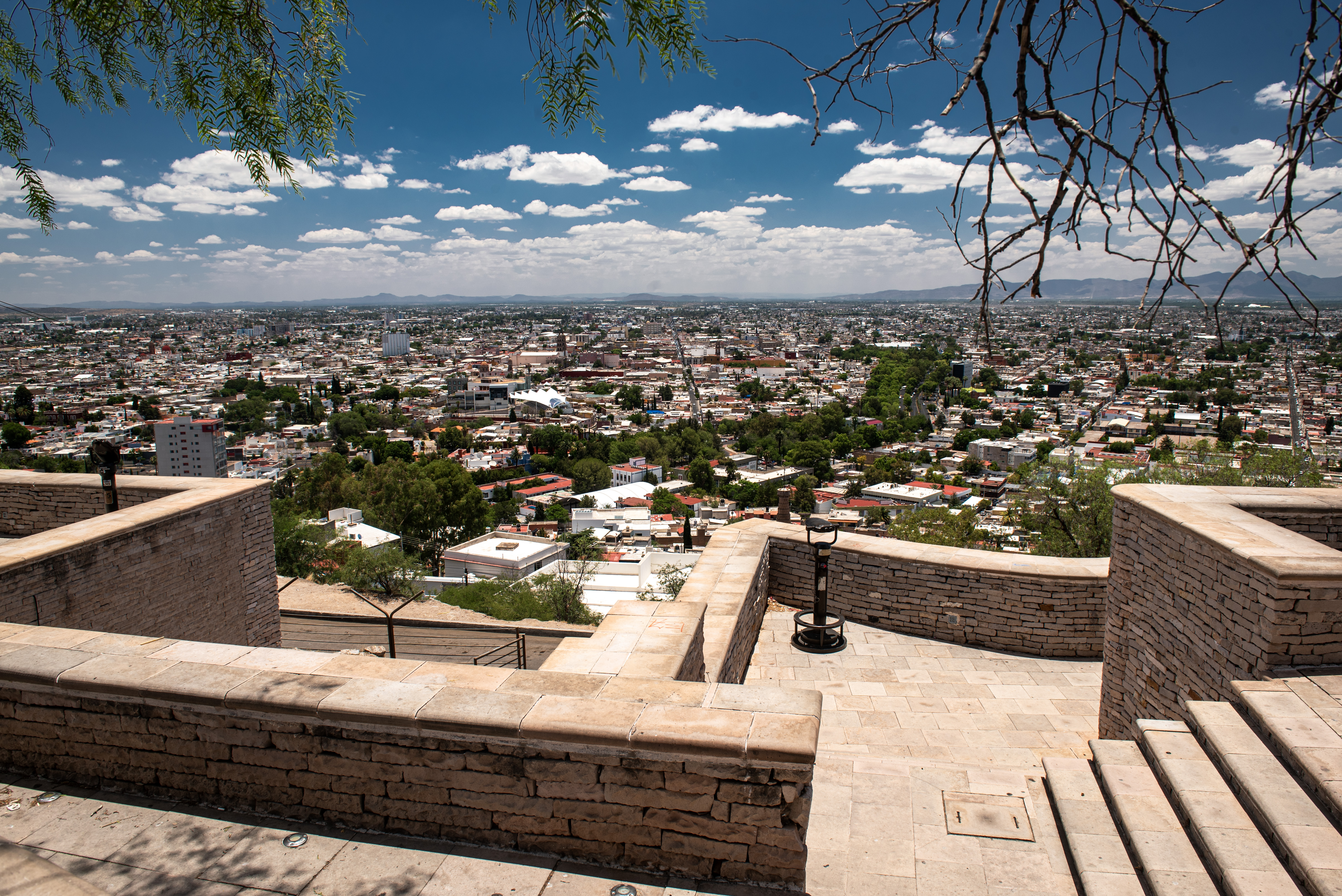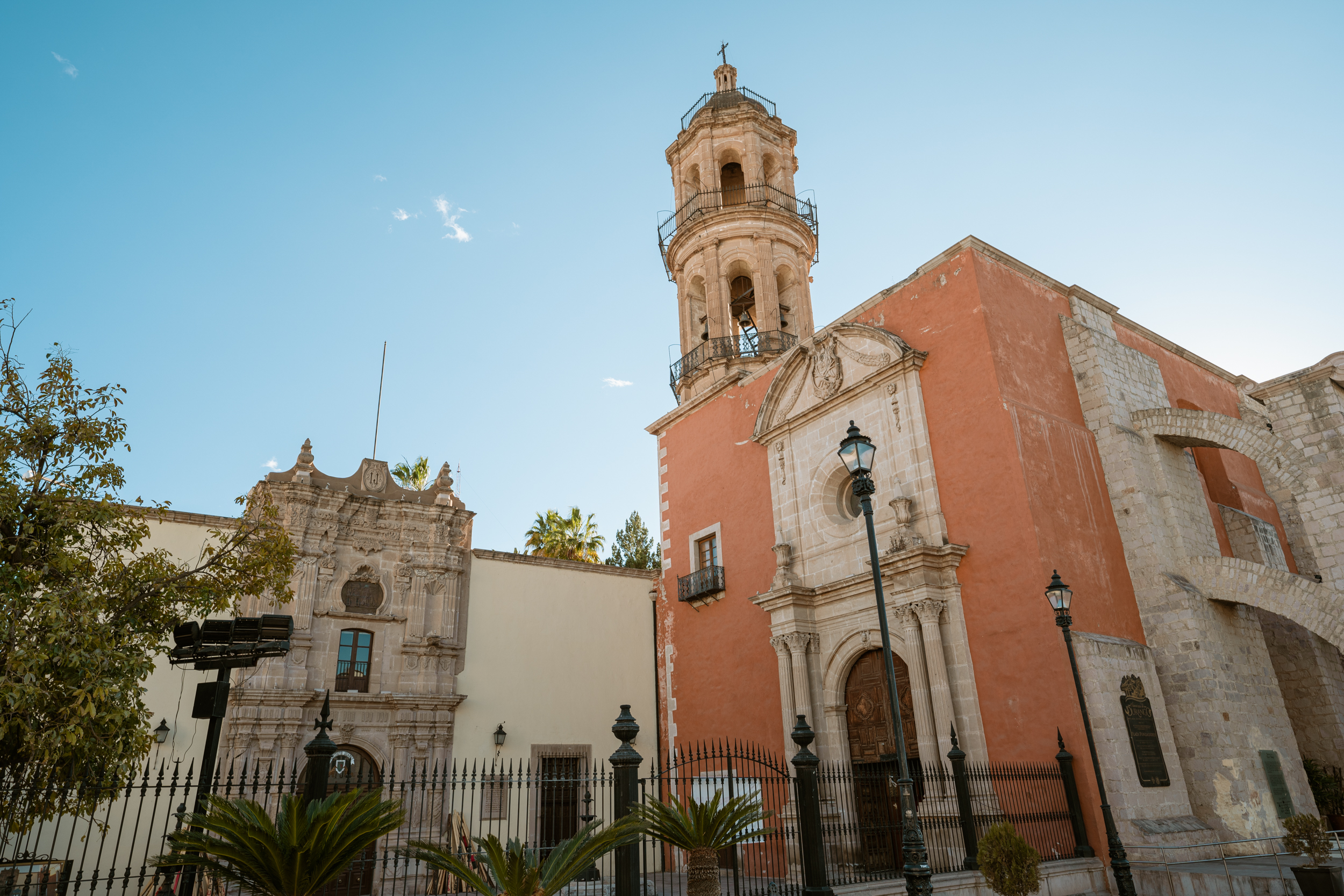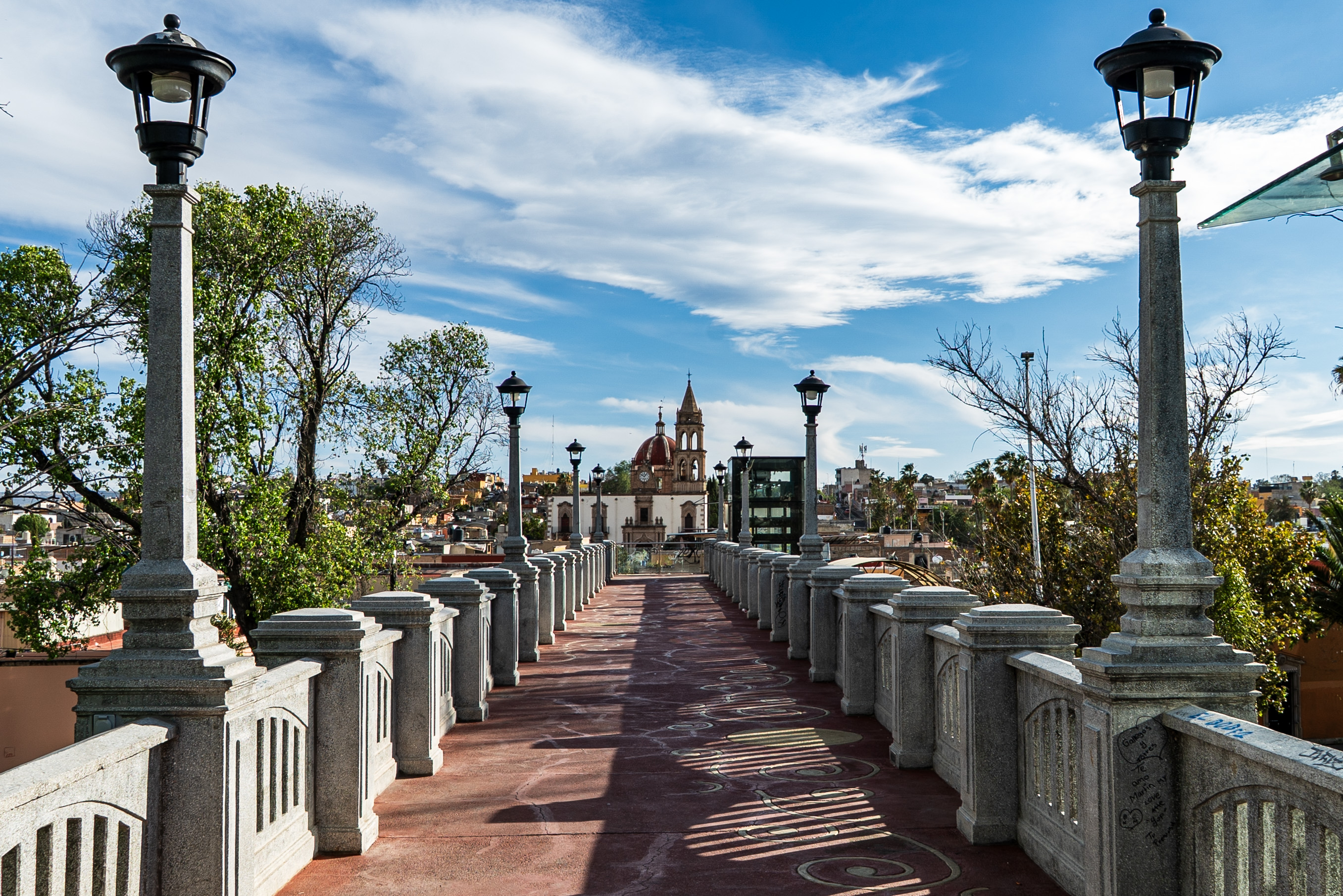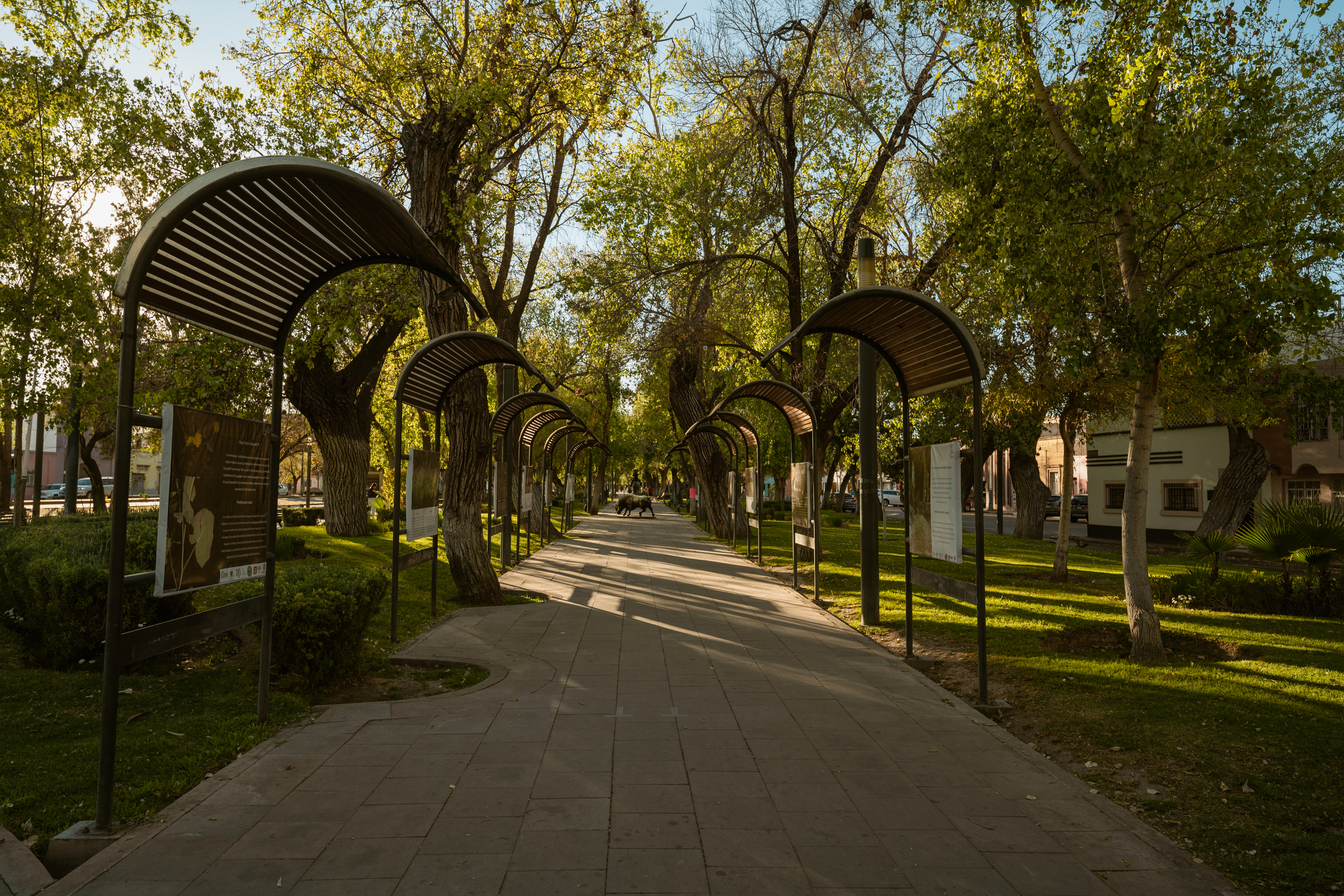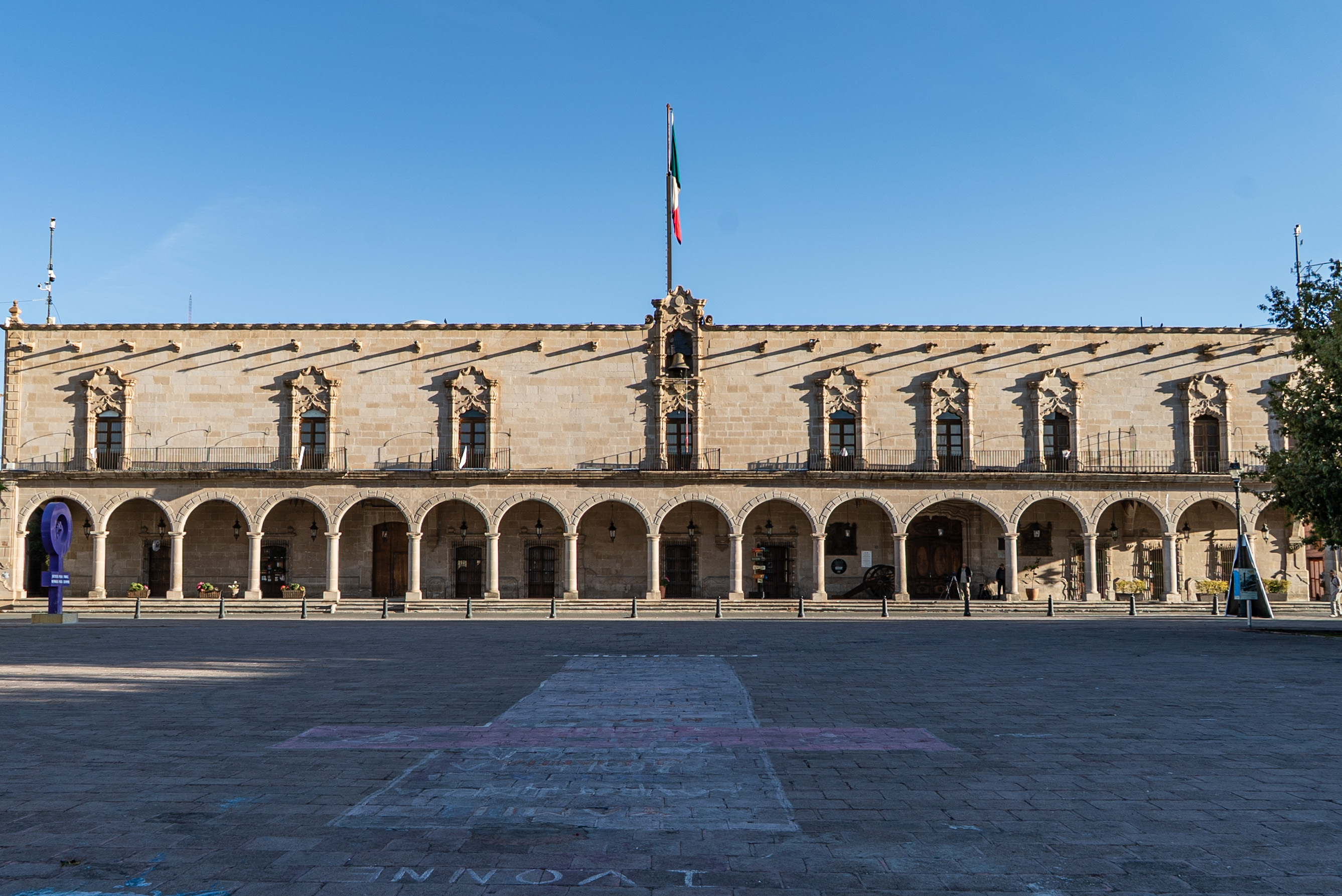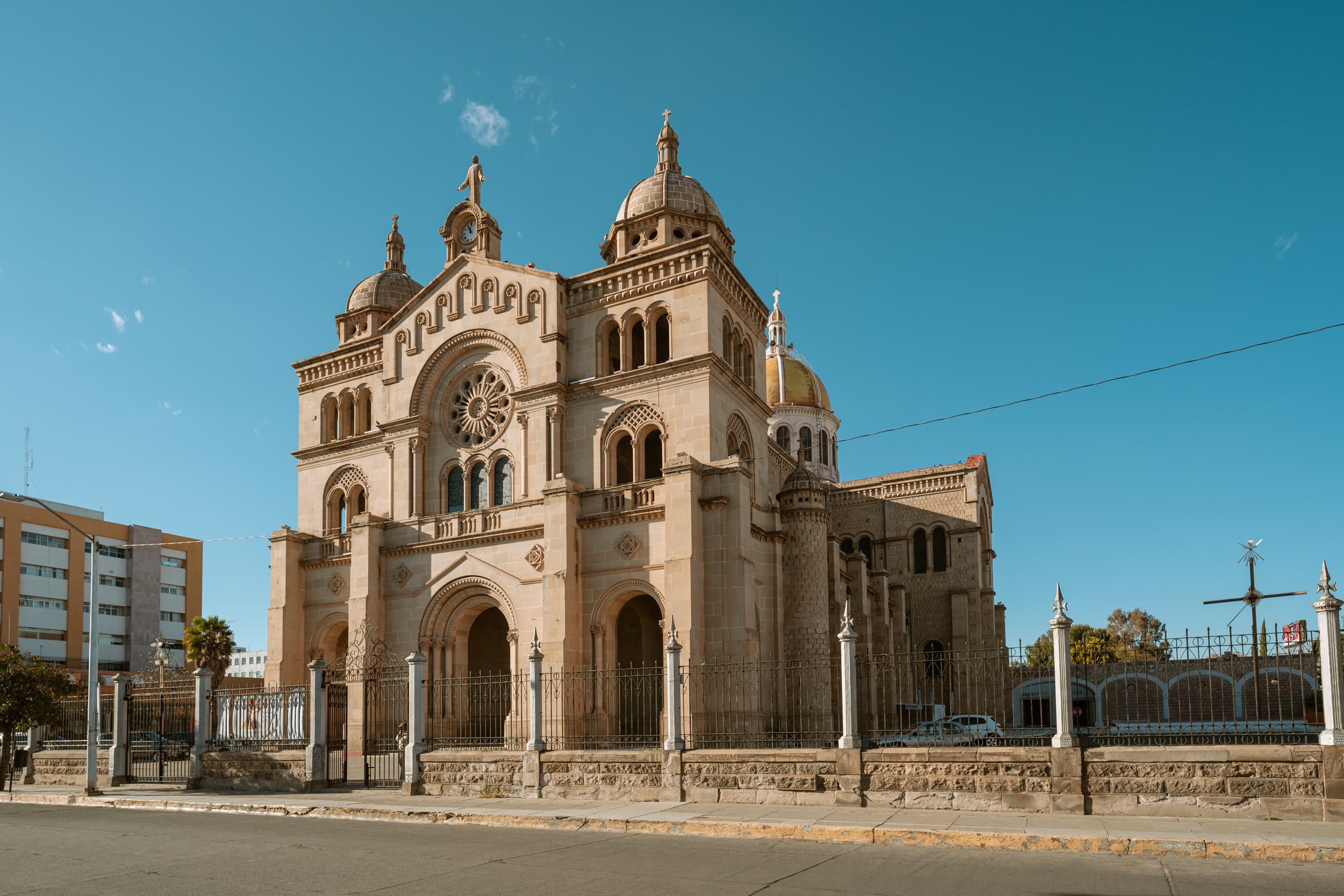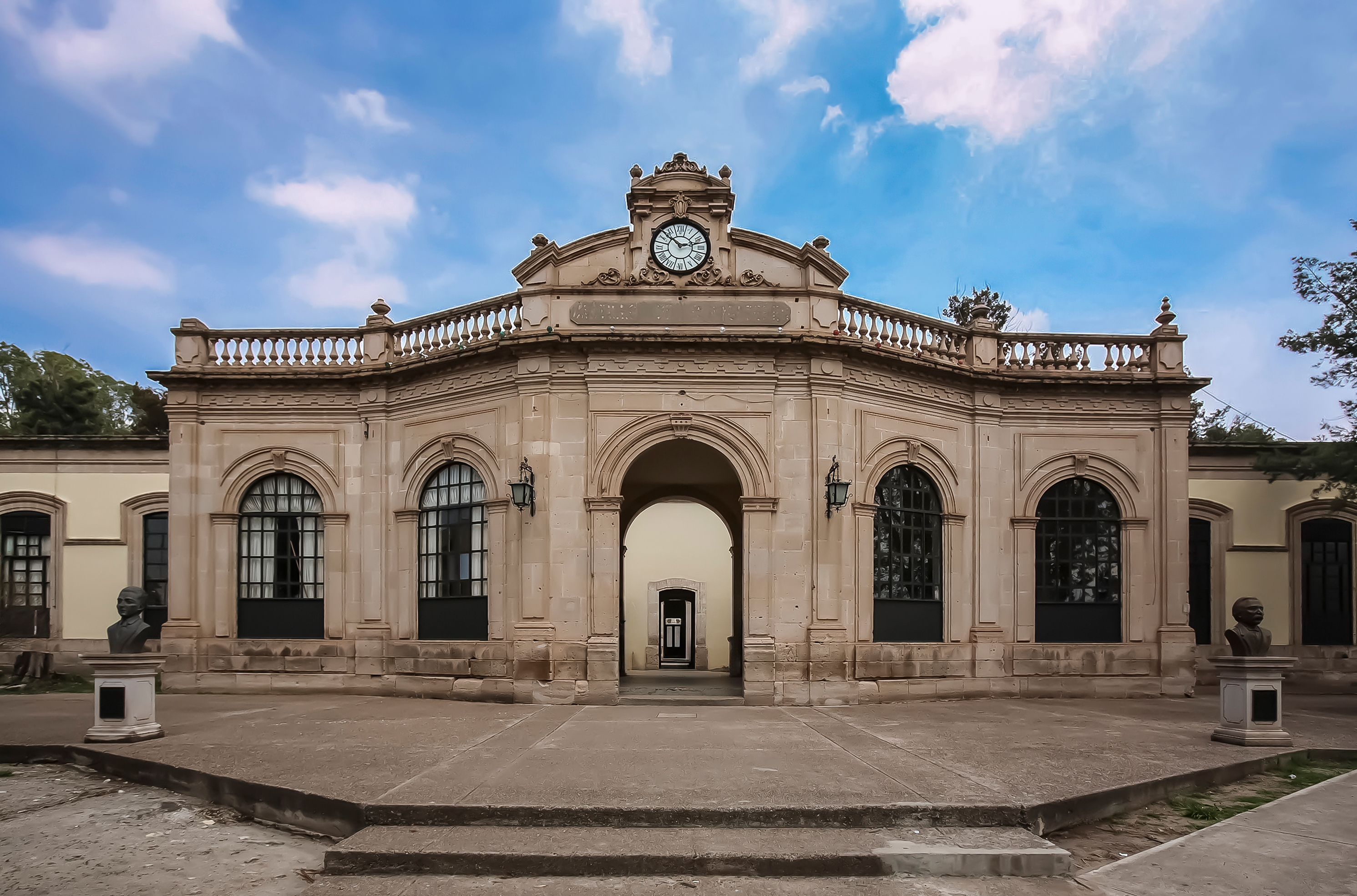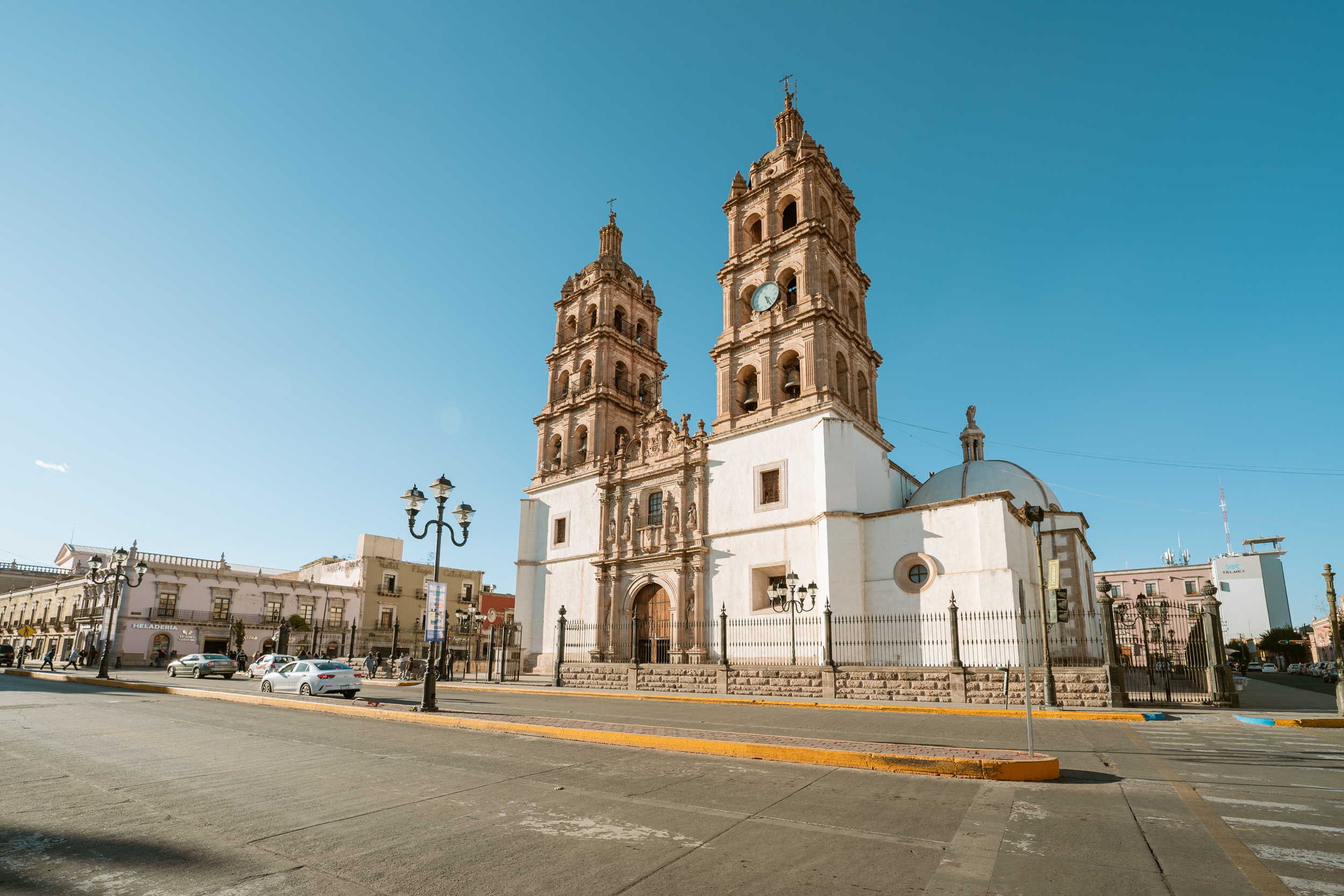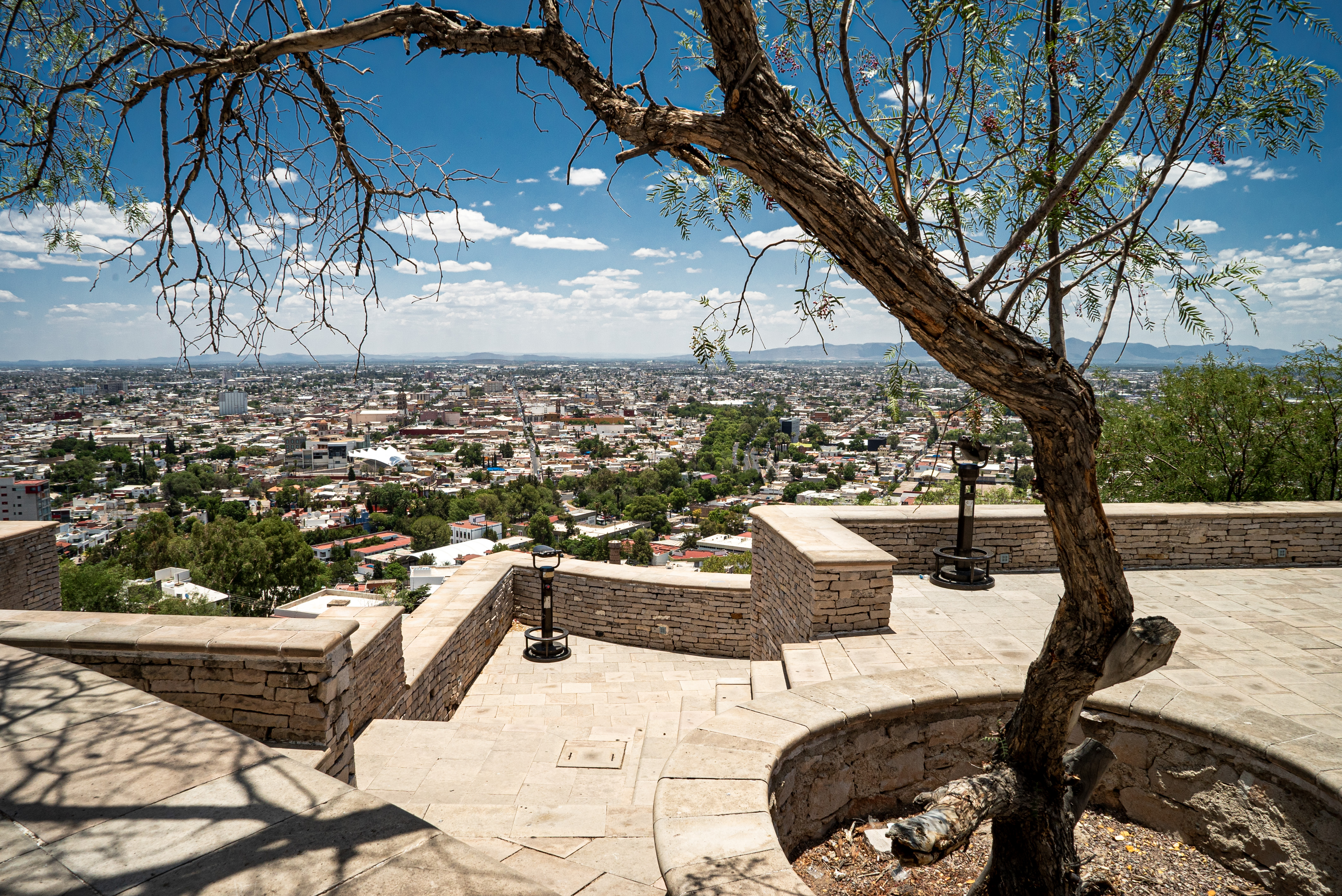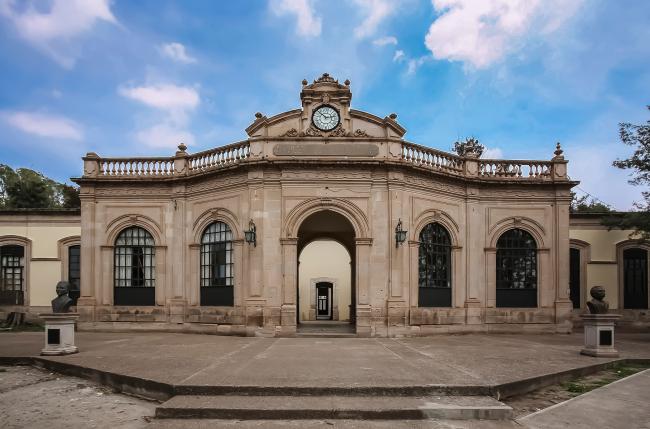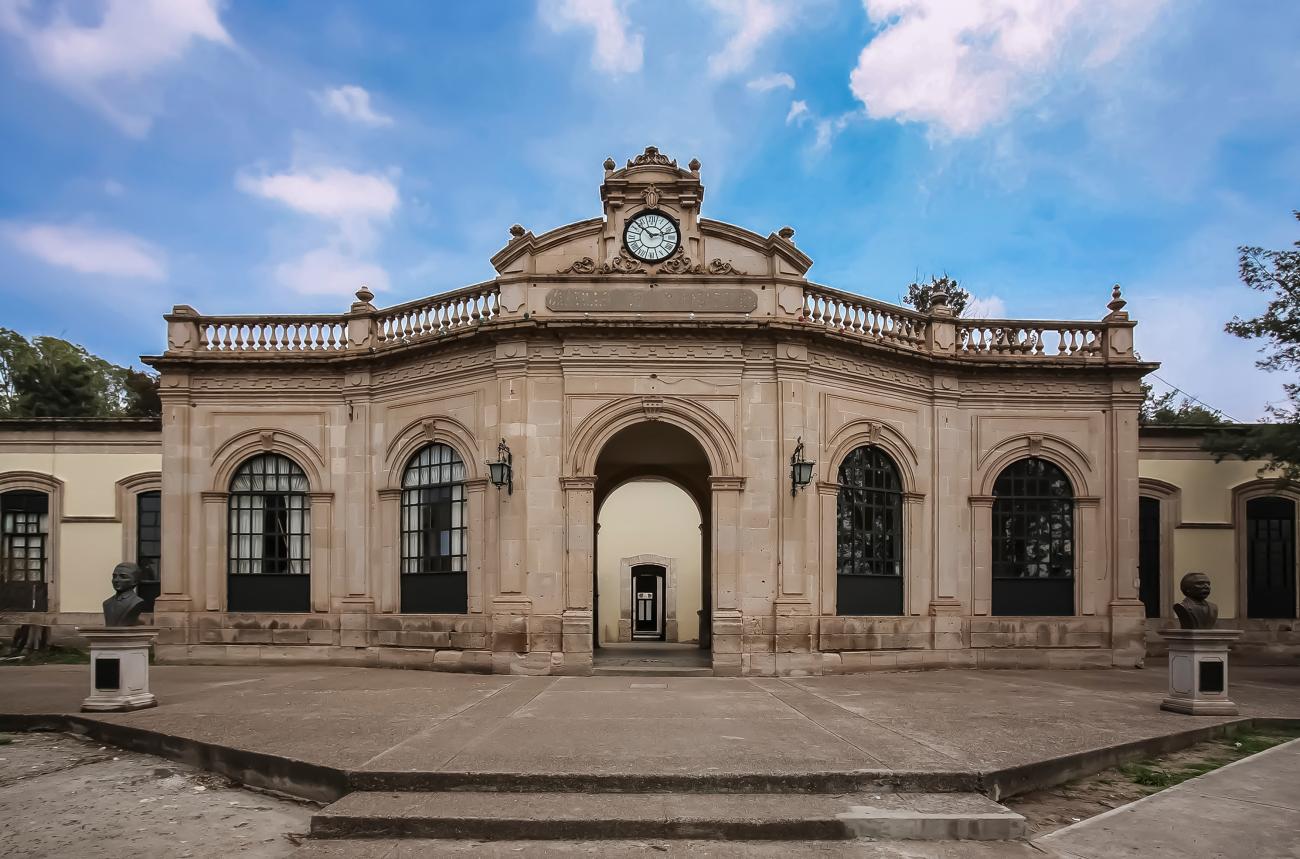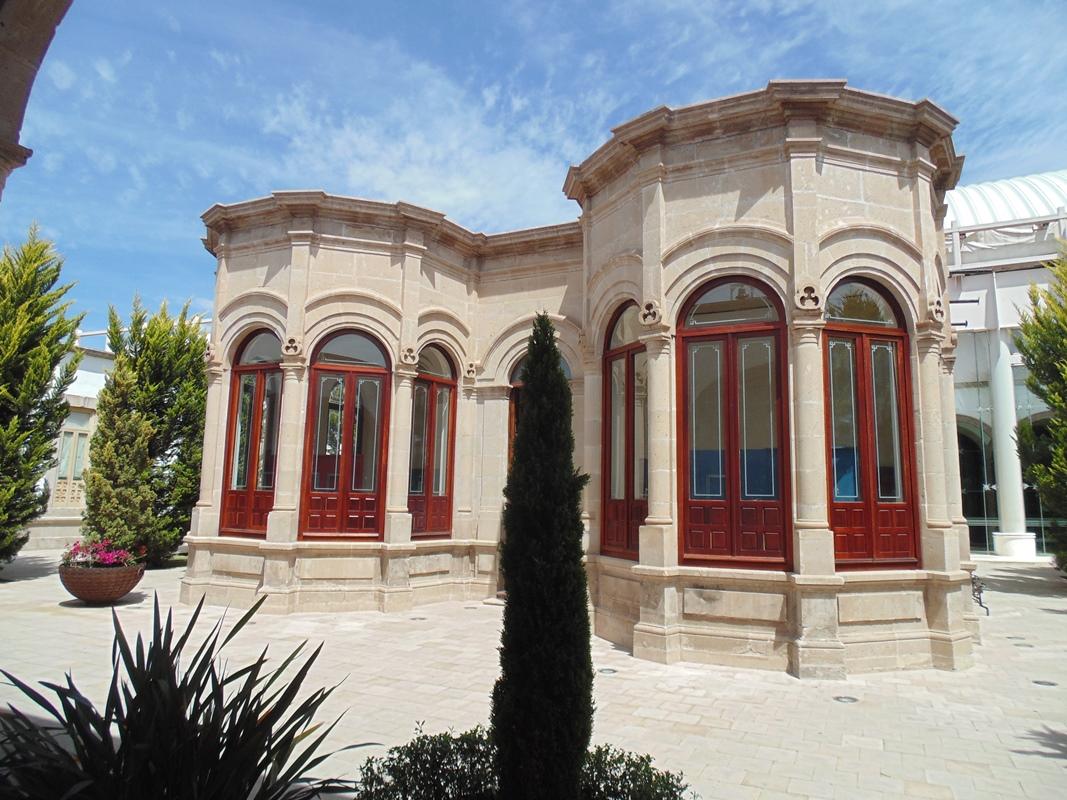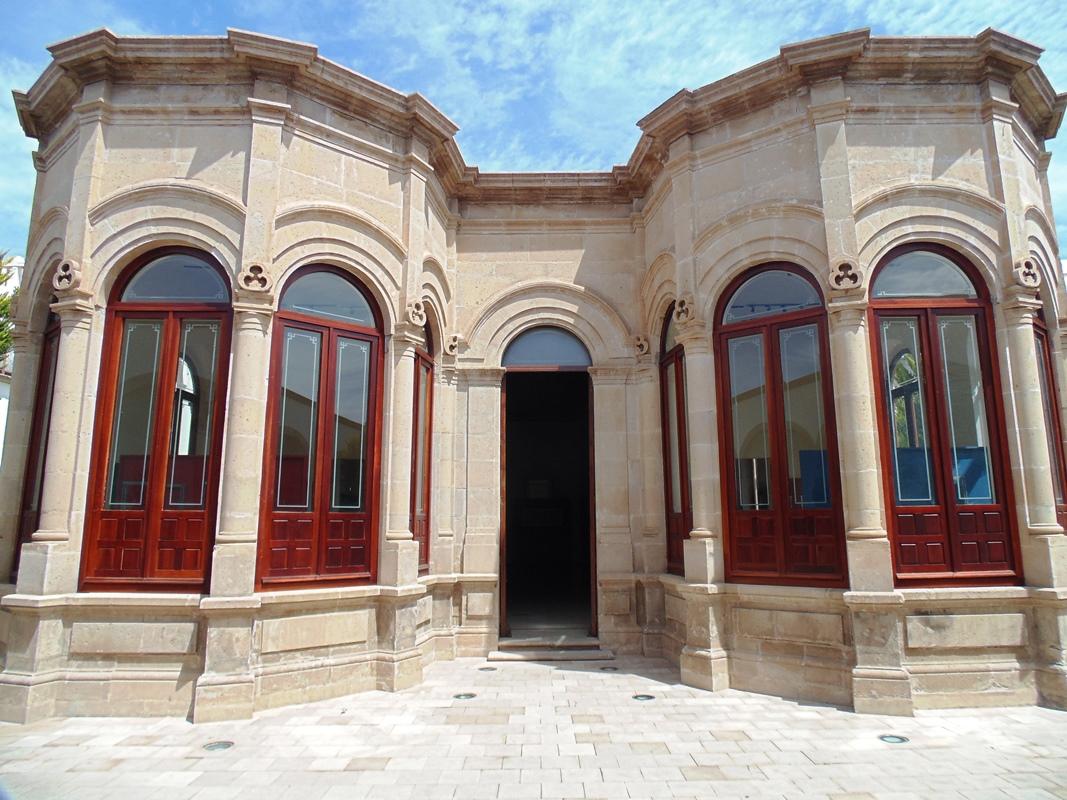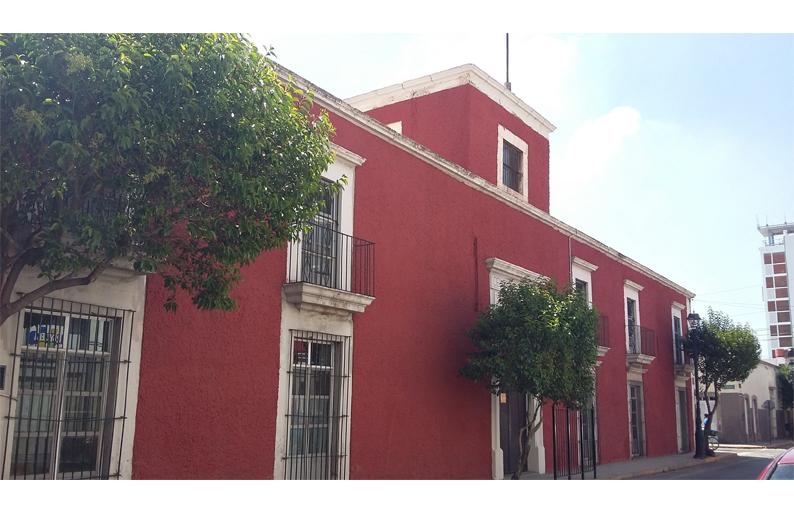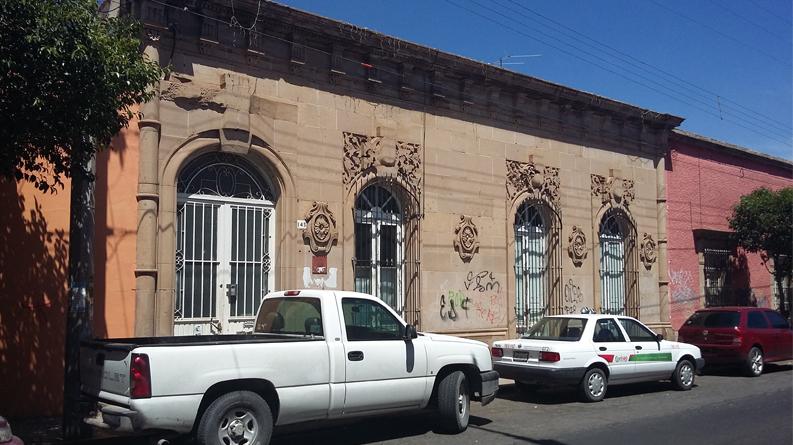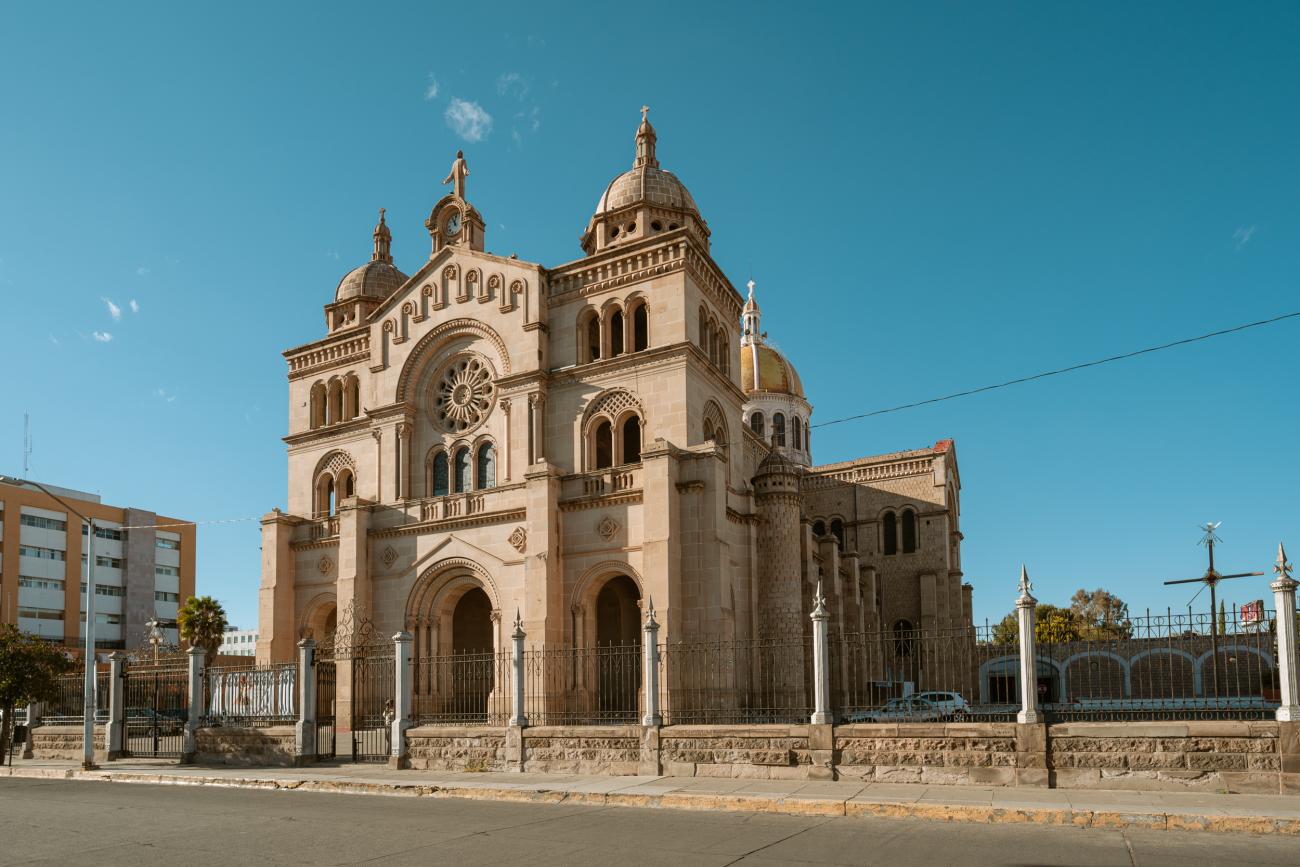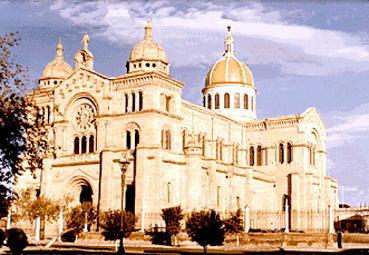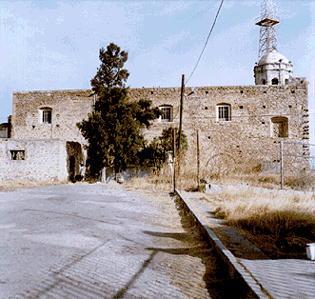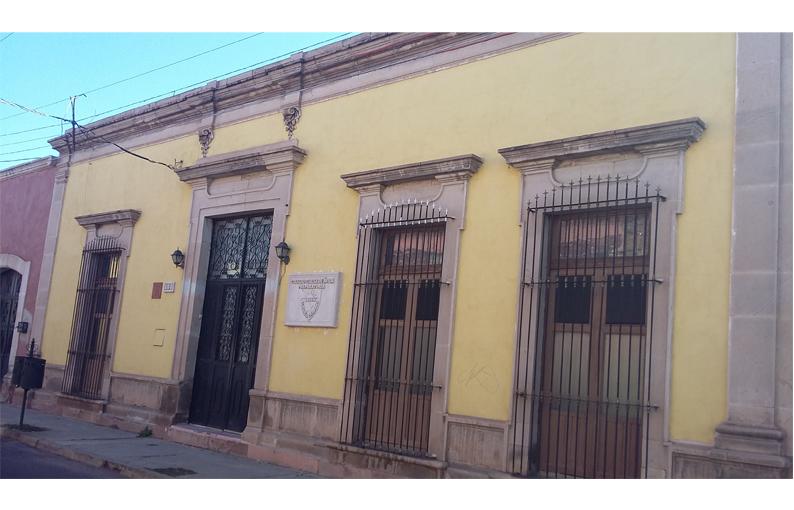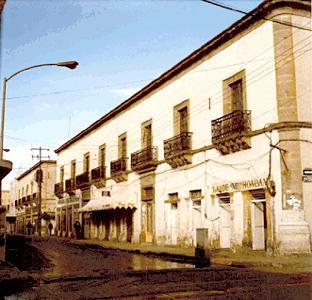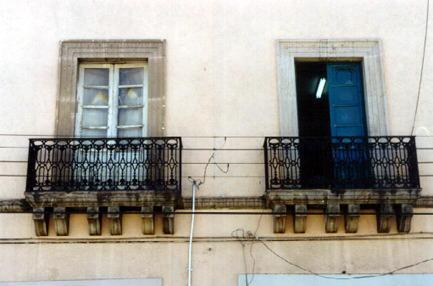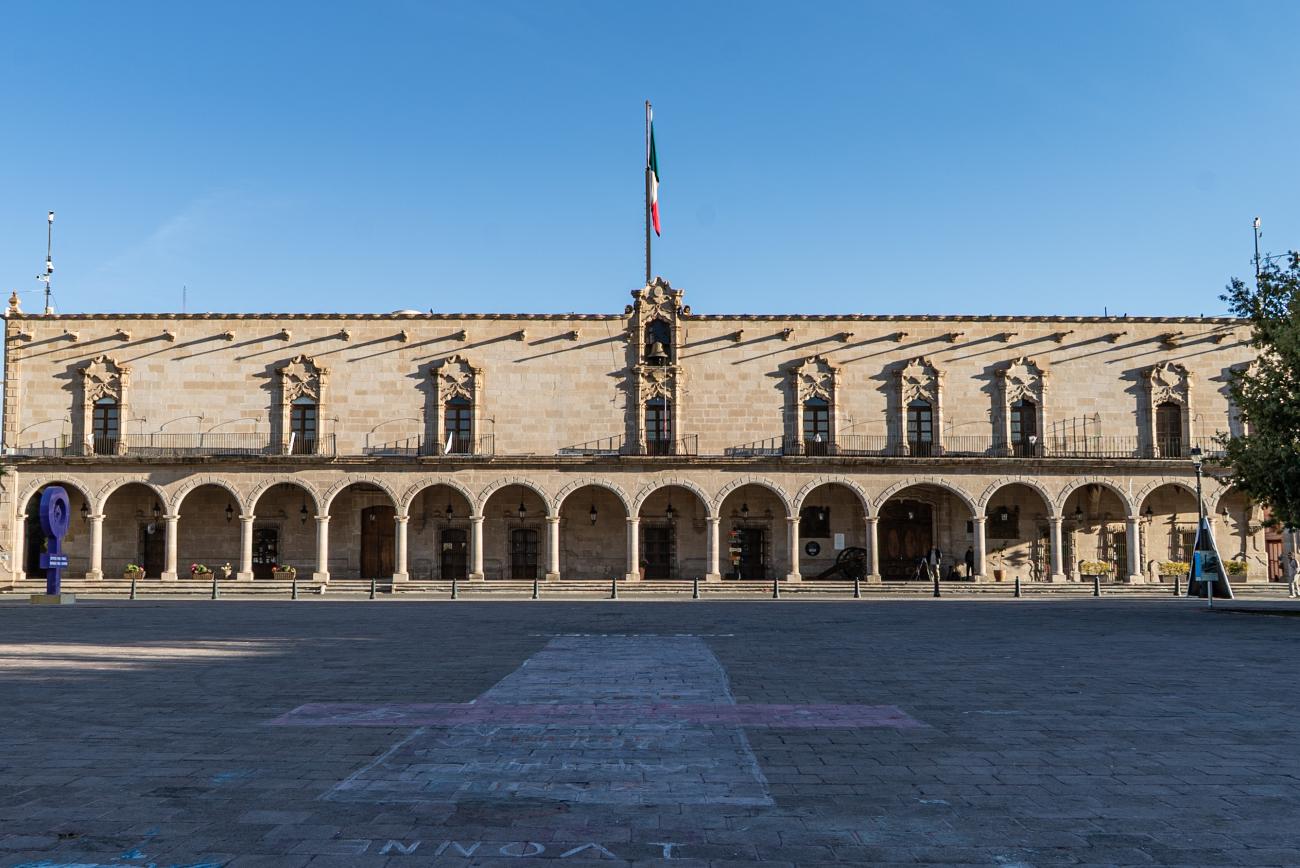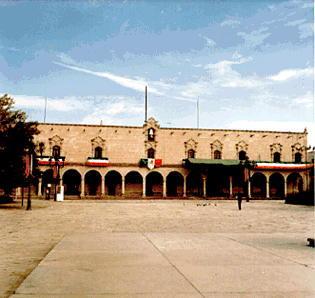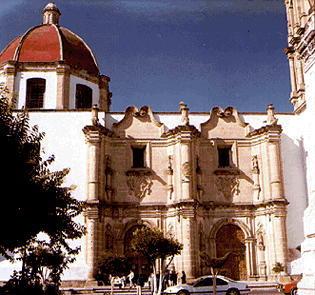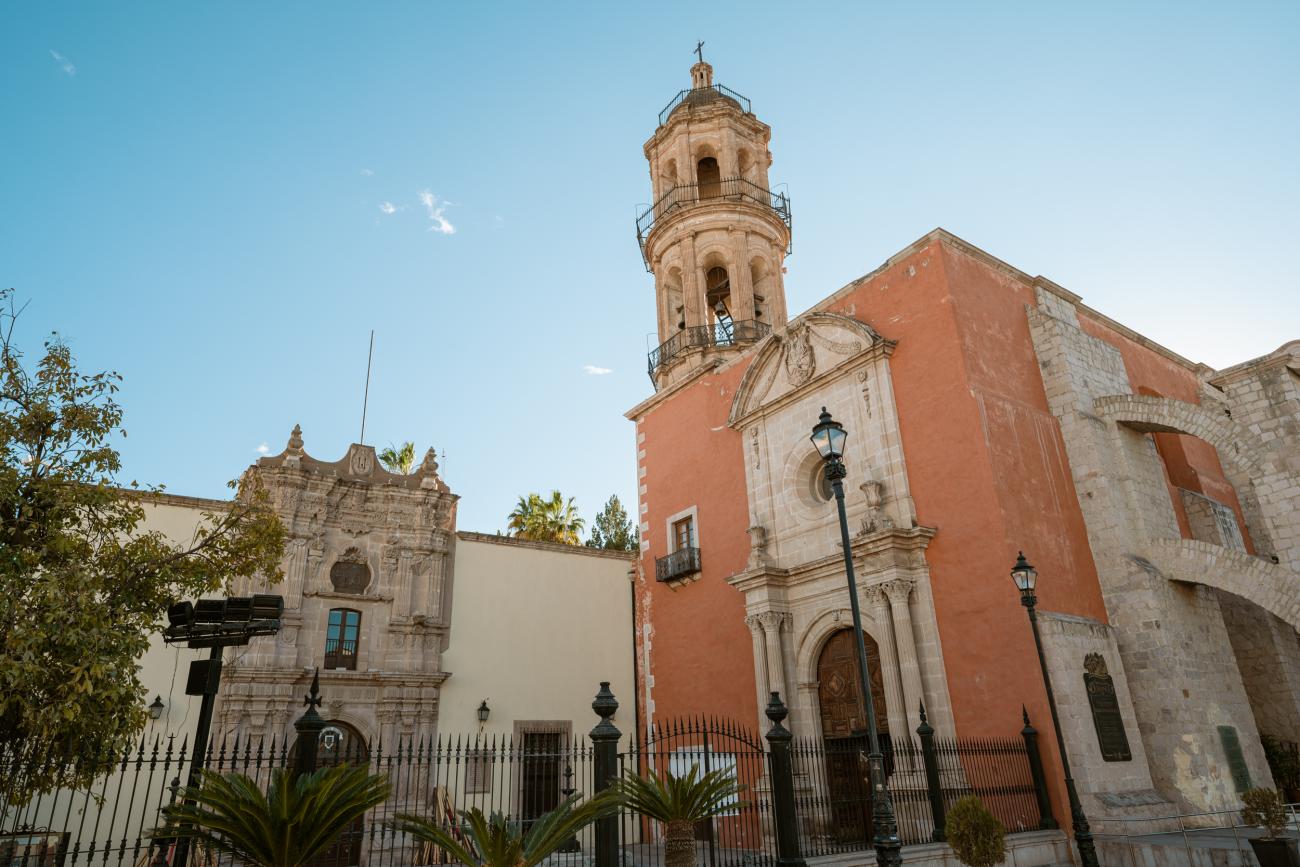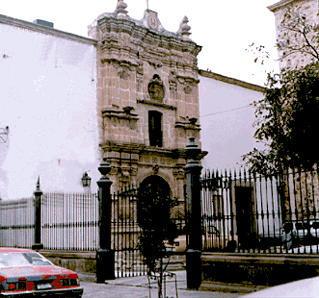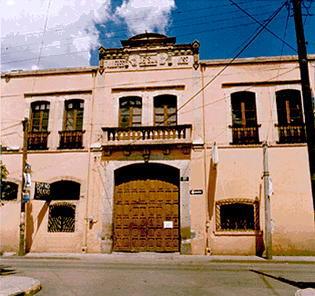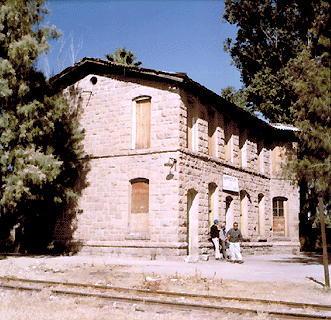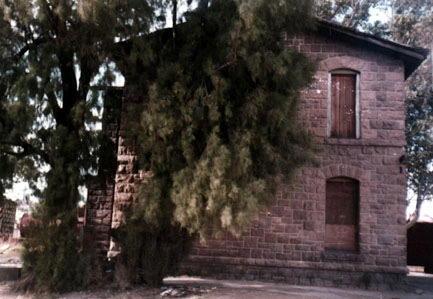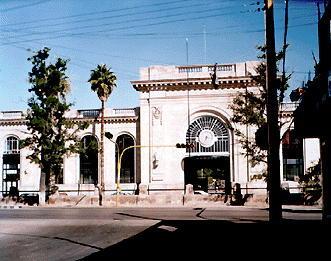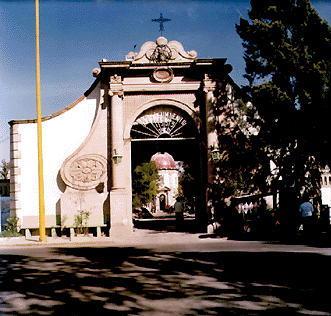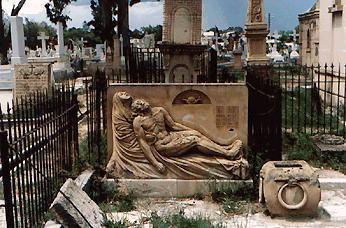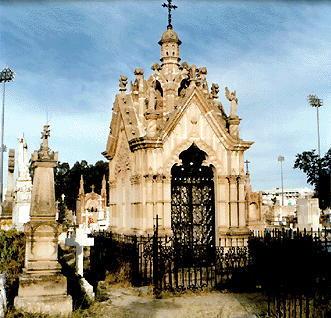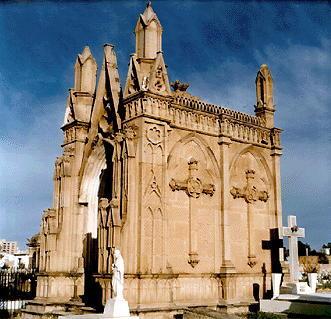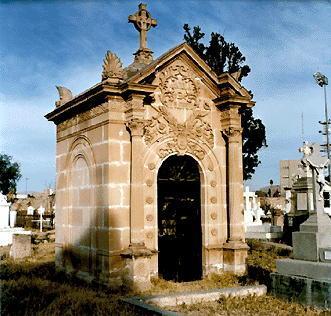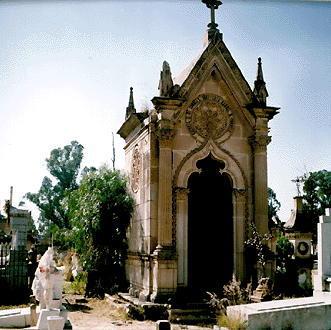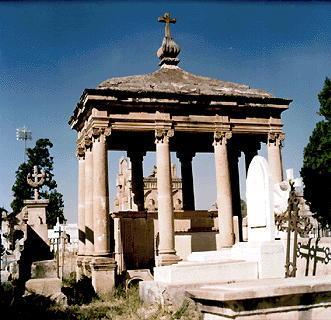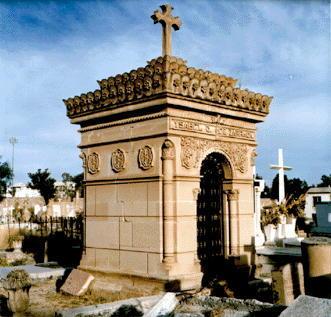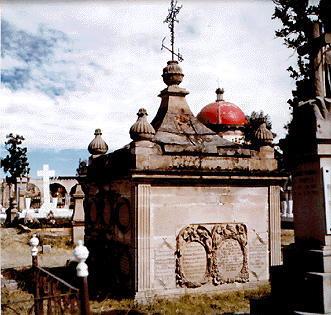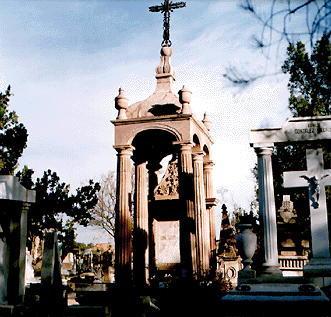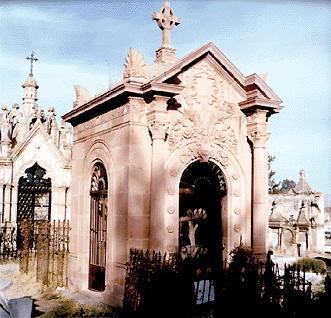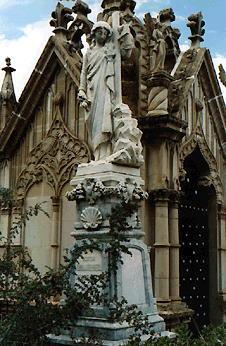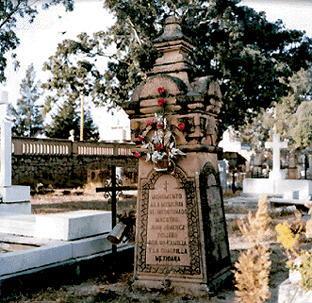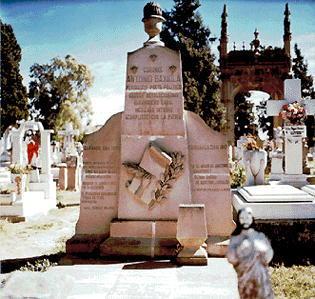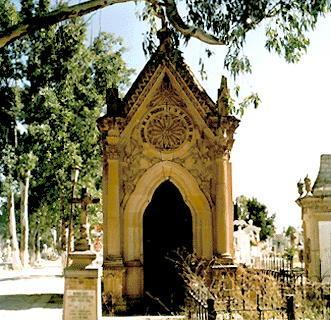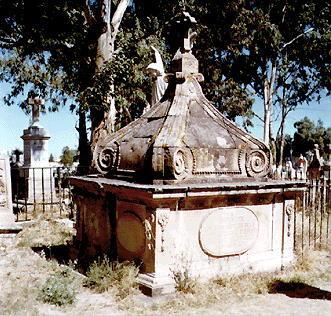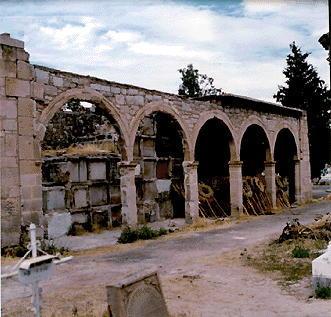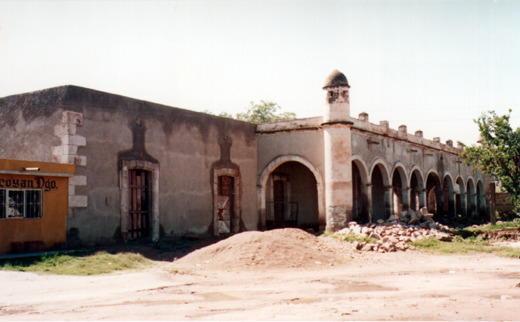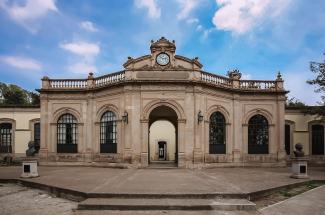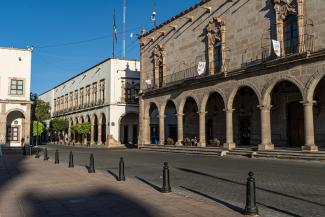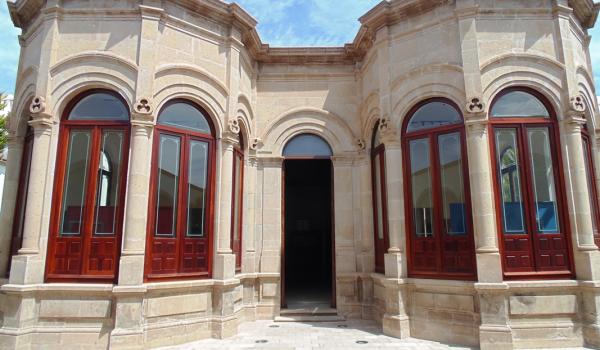Durango
Historical Monuments Zone
Abstract
This was the capital of Nueva Vizcaya in New Spain and a prosperous city during the 18th century because it was located on the Camino Real de Tierra Adentro (the Royal Inland Road). It has been the scene of battles such as the occupation of the city during the Mexican Revolution, and is currently noted for its cultural and artistic festivals.
The name of both the state and its capital city, Durango, was taken from the homonymous city in the Spanish province of Vizcaya, Basque Country; it comes from the Basque language and means “beyond the water.” Its official name is Victoria de Durango, in honor of Guadalupe Victoria, the first president of Mexican, who was born in Tamazula, Durango.
Upon the arrival of the Spaniards, the present-day territory of the state of Durango was inhabited by semi-nomadic indigenous Acaxees, Xiximes and Tepehuanes, who fiercely resisted the conquest. Unlike what happened in the center and south of the country, in the north there were no pre-Hispanic settlements in the places where the cities were built. For this reason, the Franciscan friars and the Jesuits, in charge of evangelization, undertook the task of gathering the indigenous people in settlements called missions or reducciones.
The first exploration of the territory where the city of Durango would later be situated was carried out by Ginés Vázquez de Mercado in 1552. He came to the Guadiana Valley and discovered an iron mine in the Cerro del Mercado, named in his honor. Starting in 1554, Francisco Ibarra began a series of expeditions of conquest and colonization. In 1562, he was appointed governor and captain of the territory, which was called “Nueva Vizcaya.”
On July 8, 1563, Ibarra ordered the founding of the town of Durango in the Guadiana Valley, a site that had the ideal characteristics for a settlement: fertile lands and a spring that could provide water for the settlers. In addition, there was an indigenous congregation, the Franciscan mission of Analco, which later became a neighborhood of the city.
Durango was part of the Camino Real de Tierra Adentro (the Royal Inland Road), which served as the central axis of economic activity in the north, principally for the transportation of precious metals, such as silver, as well as general trade. This road led from Mexico City through the mining areas of Guanajuato, San Luis Potosí and Zacatecas, and reaching as far as Santa Fe in present-day New Mexico, USA.
The original layout of the town, planned by Francisco Ibarra, did not include sites for the construction of the main church, town hall and jail, so it had to be modified in 1590; the first church was built to the north, the parish church of the Assumption, which later became a cathedral; and to the south the Palace of the Governors was built. At the beginning of the 17th century, the layout consisted of a checkerboard-style grid, it had four streets running in a north-south direction and four in an east-west direction; and the main square in the center.
In 1620 the territory of Nueva Vizcaya succeeded in separating itself from the ecclesiastical jurisdiction of the bishopric of Guadalajara when, as a result of constant requests from the governors, the bishopric of Durango was established. Consequently, the town became the seat of a new diocese, the largest of all, which included Sonora, Chihuahua, Sinaloa and even reached as far as New Mexico.
In 1631 the title of city was granted to the Villa de Durango. In light of these events, the governor embarked on the construction of public buildings and private houses. However, the city entered a crisis due to the discovery of the San José del Parral mines; The wealth attracted the residents of the city of Durango, who moved to Parral, leaving the city practically depopulated; even the civil authorities transferred their residence there for long periods. In those same years a terrible fire consumed the old cathedral; a new construction began in 1640. Epidemics also caused a severe drop in population, from which Durango did not recover until the 18th century, when the city entered a process of consolidation.
The mining boom in the 18th century allowed the city of Durango to enjoy economic growth by acting as a commercial and administrative center that centralized wealth.
At that time, monumental architectural constructions were completed, such as the Sanctuary of Guadalupe, the Church of Santa Ana, the Church of Our Lady of Remedies; the Franciscan monastery of San Antonio, the Augustinian monastery of San Nicolás and the hospital of San Cosme and San Damián which belonged to the order of Brothers Hospitallers of Saint John of God. An aqueduct was also built to supply water to the city. Likewise, the cathedral with its Baroque-style facades, the center and heart of the city, was completed between 1760 and 1765. For its part, the civil government began the construction of the government houses, the civil council, the royal mint, the customs office and the first market in the city.
In the 18th century, the city plan experienced moderate growth and regulations were issued to control the urban layout and the manner in which houses should be built, which was supervised by a civil official.
As early as the 19th century, the ditches or channels along which water ran were transformed into closed pipes, and fountains were built in various places to supply water to the population. These pipes continued to function until the end of the century when the entire hydraulic system was changed to piped water. Paving of the streets began in 1808.
By 1851, with Mexico an independent country, the city plan had expanded to the east. In the second half of the 19th century, the economic activities of Durango’s people were transformed, as industry came to dominate, followed by agriculture and commerce. The biggest factories processed tobacco and cotton textiles.
In 1893 the railroad arrived in the city, which drove the mining of iron, as it expedited the transfer of the metal to other regions.
The Porfiriato era saw an economic boom thanks to the boost to industrial activity. This was reflected in the construction of houses in European styles intended for the elite. In this period the Victoria Theater was also rebuilt. First inaugurated in 1800, it was rebuilt between 1909 and 1910 for the celebrations of the centenary of independence.
At the outset of the Mexican Revolution, the state of Durango was one of the key centers of armed uprisings. In May 1911, the city of Durango was taken over by the Madero revolutionaries, who appointed a new governor. In 1913, after the coup d’état orchestrated by Victoriano Huerta, the governor of Durango joined his government. For their part, the backers of Madero joined Venustiano Carranza’s Plan of Guadalupe to overthrow Huerta. The battle for Durango was fought on June 17 and 18, 1913, and ended with the Constitutionalists taking the Cerro de los Remedios, the main defense bastion of the Huertistas, who escaped. After the city was taken there were fires, a great deal of looting and the railway network was destroyed. This caused the economically powerful families to leave the city, taking their capital with them. After the Revolution, Durango was economically devastated and many of its buildings were in ruins, having being burned and occupied as barracks.
In 1917, Governor Gabriel Gavira ordered the demolition of several buildings in order to expand plazas and open up streets. The demolished buildings included the municipal palace and the Hotel Richelieu, creating a much larger main square. The Church and monastery of San Francisco, the Chapel of the Third Order and the former Jesuit Seminary College were also destroyed.
In the second half of the 20th century, Durango saw significant recovery: roads, dams, universities, and schools were created and art and culture were promoted.
The city of Durango is the birthplace of figures such as Francisco Zarco, a prominent politician, journalist, historian and writer, born in 1929; and Dolores del Río, a famous actress from the golden age of Mexican cinema.
Nowadays Durango is home to a number of cultural events such as the Ricardo Castro International Festival, which brings together more than 500 artists to present art to the public through workshops, conferences, exhibitions, dance shows, film screenings, and concerts. Other important artistic events are the Revueltas Cultural Festival, the International Jazz Festival, the Dance Festival and the Theater Festival.
The city of Durango was declared a Zone of Artistic and Historical Monuments in 1982 and entered by UNESCO on the World Heritage List on August 1, 2010 as part of the Camino Real de Tierra Adentro. The Zone of Historical Monuments covers 1.75 km2, and encompasses 142 blocks, with buildings of artistic value dating from the 16th to the 19th century. Some of these were destined for religious worship, including the Cathedral of the Immaculate Conception, the churches of San Juan Bautista de Analco, Santa Ana, San Juan de los Lagos, San Juan de Dios, the Sacred Heart of Jesus, San José, the Perpetuo Socorro, and of Los Angeles; others are the Monastery Complex of San Agustín, the Metropolitan Tabernacle of San Miguel, the Sanctuary of Guadalupe, the Chapel of Nuestra Señora de los Remedios, and the Casa del Arzobispado.
Other buildings were assigned for educational purposes and welfare services, as well as for the use of the civil and military authorities, including the House of the Count of Valle de Súchil, the Judicial Headquarters, the Juárez Institute, the Railroad Station, the Victoria and Principal Theaters. The most important civil buildings are: the Plaza de Armas, the Aguacate Building (today the Regional Museum), the Escárzaga Palace and the Former Juana Villalobos Residential School (today the Bicentennial Cultural and Convention Center).
Catedral Basílica Menor de la Purísima
On the site now occupied by Durango Cathedral, there was a parish church dedicated to the Assumption of the Virgin at the beginning of the 17th century, which had collapsed in 1620.
Catedral Basílica Menor de la Purísima
On the site now occupied by Durango Cathedral, there was a parish church dedicated to the Assumption of the Virgin at the beginning of the 17th century, which had collapsed in 1620. The construction of this cathedral went through several stages, which were interrupted by financial problems or changes in the structural and stylistic design of the building.
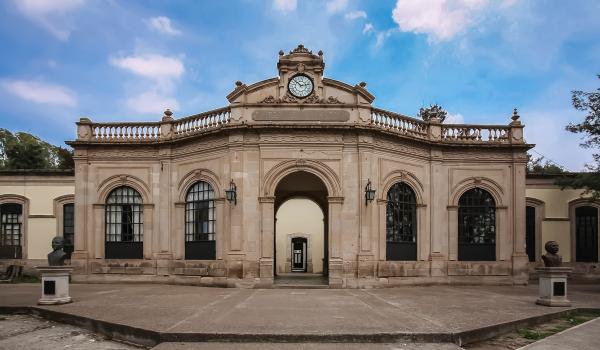
Centro Cultural y de Convenciones Bicentenario
It was built as a hospital, with construction beginning in 1899 and suspended for many years due to lack of capital. In 1912, a woman built a shelter called “Asilo Juan Manuel Flores.” Years later, it was refurbished to house the Army Children's School.
Centro Cultural y de Convenciones Bicentenario
It was built as a hospital, with construction beginning in 1899 and suspended for many years due to lack of capital. In 1912, a woman built a shelter called “Asilo Juan Manuel Flores.” Years later, it was refurbished to house the Army Children's School.

Colegio Macdonell
A 19th-century building, originally constructed as a residence and later converted into a school. Its façade has a rustic plaster finish with stone frames and windows.
Colegio Macdonell
A 19th-century building, originally constructed as a residence and later converted into a school. Its façade has a rustic plaster finish with stone frames and windows.
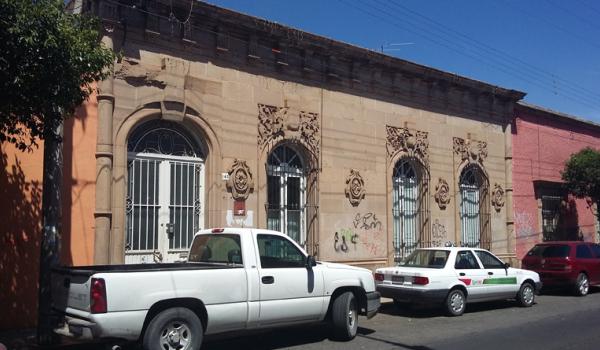
Embajada Francesa
19th-century building

Templo Expiatorio del Sagrado Corazón de Jesús
José Ignacio Cásares began construction of this building on April 12, 1891; the work was carried out by master builder Tomás García, based on a design by engineer Francisco Rodríguez.
Templo Expiatorio del Sagrado Corazón de Jesús
José Ignacio Cásares began construction of this building on April 12, 1891; the work was carried out by master builder Tomás García, based on a design by engineer Francisco Rodríguez. In 1896, construction was suspended due to lack of funds, and resumed in 1904, with the construction of four arches and two sacristy rooms. Four years later, work was halted again, and it was not until 1910 that construction resumed to build the apse and raise the side walls. It was not until May 1944 that the work was completed.
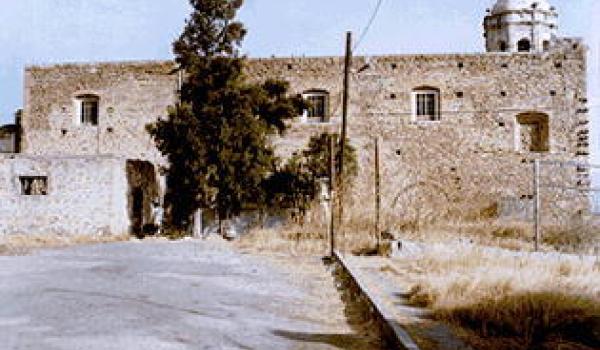
Santuario de Nuestra Señora de los Remedios
A 17th-century religious building constructed by Franciscans. In 1651, the building was rebuilt, and in 1792, under the direction of Friar José Arlegui, the chapel was enlarged and the tower was erected.
Santuario de Nuestra Señora de los Remedios
A 17th-century religious building constructed by Franciscans. In 1651, the building was rebuilt, and in 1792, under the direction of Friar José Arlegui, the chapel was enlarged and the tower was erected.
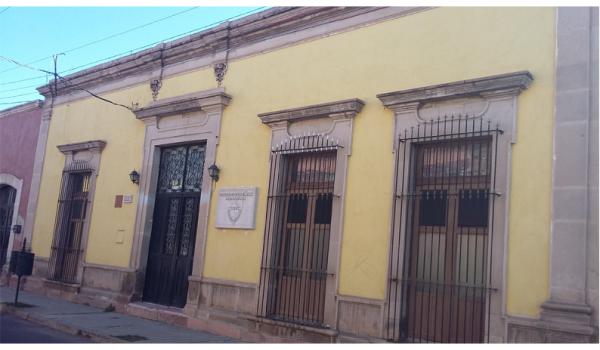
Colegio Teresa de Ávila
A 19th-century property, the previous building was demolished in 1970 to make way for a concrete structure. This house was converted into a school.
Colegio Teresa de Ávila
A 19th-century property, the previous building was demolished in 1970 to make way for a concrete structure. This house was converted into a school.
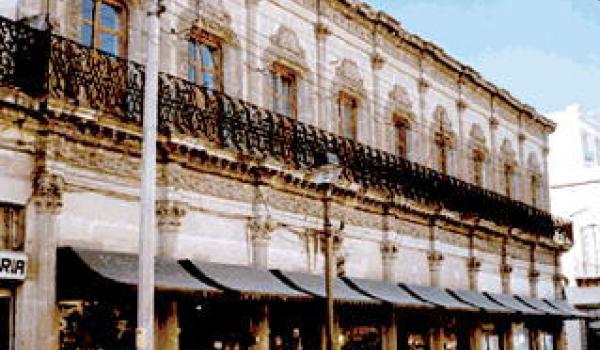
Casa del Arcediano
An 18th-century building with a carved stone facade and adobe walls. It has two floors and is organized around a central courtyard with arches on all four sides. Almost the entire original structure has been modified to convert it into commercial premises.
Casa del Arcediano
An 18th-century building with a carved stone facade and adobe walls. It has two floors and is organized around a central courtyard with arches on all four sides. Almost the entire original structure has been modified to convert it into commercial premises.
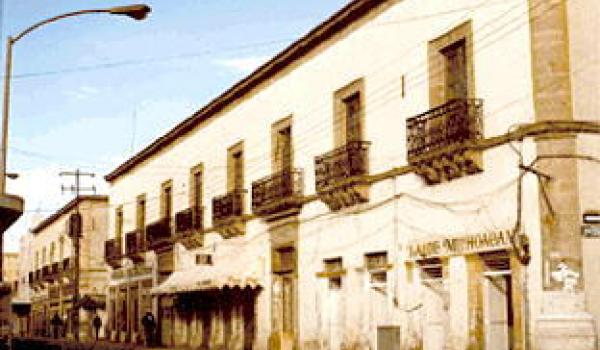
Mercado Gómez Palacio
This 19th-century building was constructed after the Parián proved insufficient. The land belonged to the orchard of the Convent of San Juan Antonio. Construction began in 1880 and it was inaugurated on September 15, 1882.
Mercado Gómez Palacio
This 19th-century building was constructed after the Parián proved insufficient. The land belonged to the orchard of the Convent of San Juan Antonio. Construction began in 1880 and it was inaugurated on September 15, 1882. The facilities were demolished during the administration of González de la Vega.

Museo Francisco Villa
An 18th-century building constructed on the orders of Juan Joseph Zambrano, a wealthy miner and merchant who became a councilman, royal ensign, and mayor of Durango, to live in from 1800 to 1817, when he died.
Museo Francisco Villa
An 18th-century building constructed on the orders of Juan Joseph Zambrano, a wealthy miner and merchant who became a councilman, royal ensign, and mayor of Durango, to live in from 1800 to 1817, when he died. From then on, the building was occupied by the offices of the three branches of government. It was later used as the headquarters of the Francisco Villa Museum.
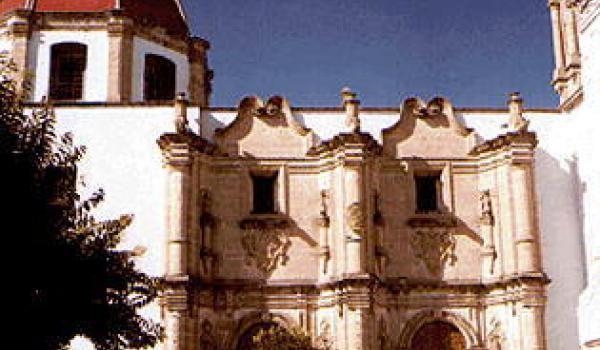
Parroquia de Santa Ana
An 18th-century religious building, constructed thanks to a devout matron who received an inheritance from her parents and dedicated it to the founding of a Capuchin convent. It was completed in the early 19th century.
Parroquia de Santa Ana
An 18th-century religious building, constructed thanks to a devout matron who received an inheritance from her parents and dedicated it to the founding of a Capuchin convent. It was completed in the early 19th century.

Colegio Jesuita
An 18th-century adobe building, it was once a Jesuit school and currently serves as the Juárez Institute of the State of Durango.
Colegio Jesuita
An 18th-century adobe building, it was once a Jesuit school and currently serves as the Juárez Institute of the State of Durango.
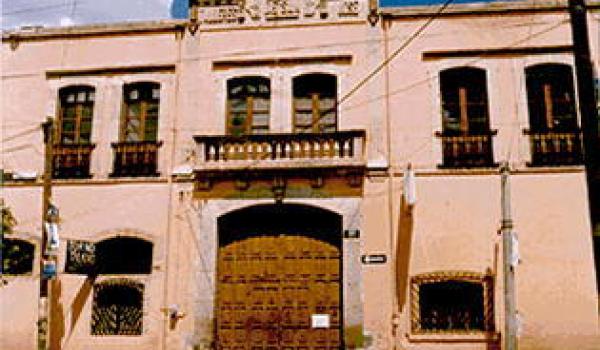
Taller San José
Industrial building constructed in 1898
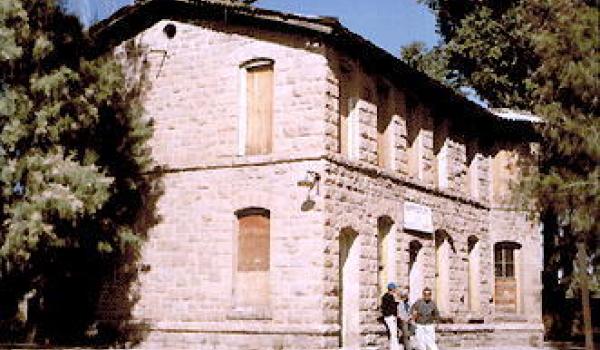
Antigua Estación Durango
On November 12, 1892, the Mexican International Railroad arrived in the city of Durango; work began in 1886 and was completed on October 16, 1892.
Antigua Estación Durango
On November 12, 1892, the Mexican International Railroad arrived in the city of Durango; work began in 1886 and was completed on October 16, 1892.
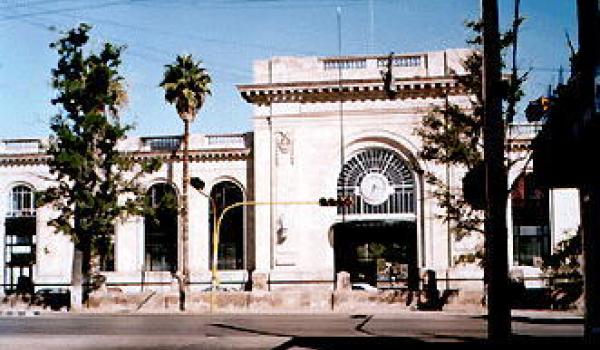
Nueva Estación Durango
The construction of this new station was carried out on land that belonged to the “La Esperanza” rural estate, which was expropriated and handed over to Ferrocarriles Nacionales de México by the Durango state government on August 14, 1930.
Nueva Estación Durango
The construction of this new station was carried out on land that belonged to the “La Esperanza” rural estate, which was expropriated and handed over to Ferrocarriles Nacionales de México by the Durango state government on August 14, 1930.
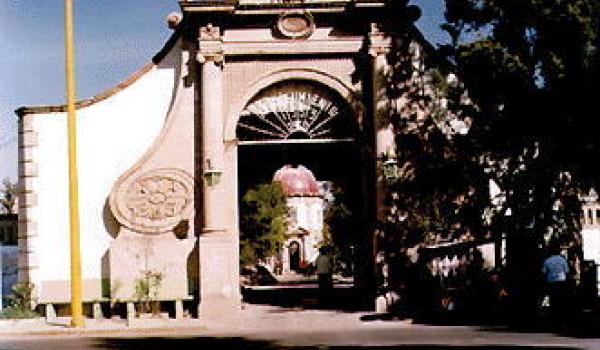
Panteón de Oriente
Area enclosed in 1860 and designated as a cemetery.
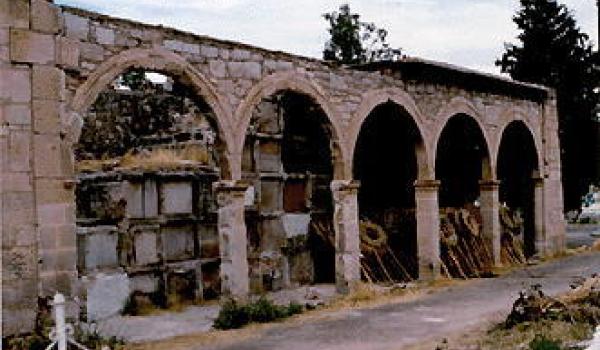
Rotonda de los Hombres Ilustres
19th-century funerary architecture
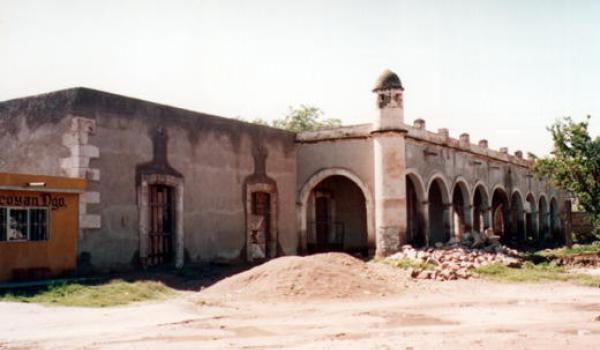
Hacienda de San Diego
Property inaugurated on October 4, 1810, built as a residence.

